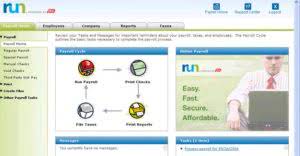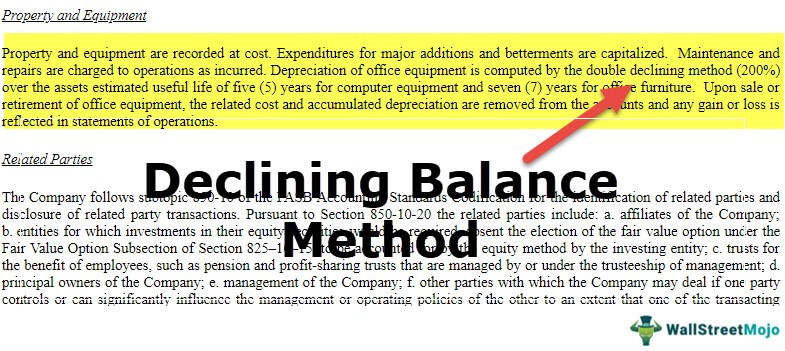This means construction accountants must account for travel and equipment reinstallation costs as workers and equipment constantly shift between projects. Construction accounting focuses on tracking materials and labour, and the scope of construction accounting is beyond just a fixed office or manufacturing environment. Well-prepared financial statements in the final accounts contain a goldmine of timely and revealing information about your company’s financial position. The UK government has introduced a raft of changes to construction accounting, including the VAT domestic reverse charge, and new processes The Significance of Construction Bookkeeping for Streamlining Projects for submitting tax returns via Making Tax Digital.
Essential
Under the completed contract method (CCM), contract income and expenses aren’t reported until the project finishes. Of course, that doesn’t mean there aren’t expenses during construction or that contractors can’t bill in the meantime. Construction accounting is a unique form of bookkeeping and financial management. It’s designed specially to help contractors track each job and how it affects the company as a whole. While it draws on all the same basic principles https://azbigmedia.com/real-estate/commercial-real-estate/construction/how-to-leverage-construction-bookkeeping-to-streamline-financial-control/ of traditional accounting, it also has several important and distinct features. Construction projects are characterized by inconsistent cash flow cycles due to continuously fluctuating costs, making expense forecasting extremely challenging.
Contract Revenue Recognition
- This not only improves cash flow but also reduces administrative burden and enhances client satisfaction by providing clear, timely billing communications.
- Construction accounting is an important part of any construction business because it helps ensure that the company has solid financial reporting.
- The act of withholding payment is called contract retainage and is part of a contract signed by the contractor and customer before the project’s implementation.
- While there are many places where you can find a certified accountant, your best option is to browse the American Institute of Certified Public Accountants database.
If you’re interested in learning a step-by-step approach on how to record construction accounting, you can check out this blog. Spreadsheets like Microsoft Excel offer a more efficient way to record accounting with some automation compared to journals. They help with categorizing data, performing calculations, and generating simple reports with simple formulas. For a simple example, if your total estimated costs are $5M, and you’ve incurred $2.5M in costs, then your project is 50% complete. In this next section, we’ll expand on some of the elements discussed above that make construction accounting different from regular accounting. It can be time-consuming, but it is important to make a thorough cost estimate and document and approve each change order before starting.
Cash-basis method
- For construction businesses to accurately forecast and predict their costs is generally more difficult due to the nature of project work.
- Retainage is a given amount of money that the owner may withhold until they are satisfied with the contract’s settlement.
- This means that you recognize income in the accounting period when it’s collected, and not at the time of sale.
- Applying construction accounting best practices can bring benefits to your entire organization.
This can make it difficult to track expenses and effectively calculate the profit generated from each service category. The Complete plan starts at an introductory rate of $899 per month, increasing to $1,299 after two months. This plan centralizes the most complicated processes, including RFIs for clarifications, warranties, and securities, into one platform.
After all, construction is an industry where so much effort goes into securing work, building and maintaining professional contacts, and actually getting the job done to your client’s—and your own—satisfaction. This way profits can be assured because there’s a constant measurement of the actual on site costing compared to the contractual amounts. The nature of construction work means even the best plans are regularly torn up or rejigged.
Keeping track of all these costs helps account for them in a way that ensures the company is making enough money on each project to cover its expenses and make a decent profit for the owners. The basic principles of construction accounting include tracking job costs and revenue recognition. With the PCM, construction companies can more accurately match their revenue and expenses to the same accounting period, improving their overall financial reporting. Financial statements are a summary of a company’s financial transactions and include the balance sheet, income statement, and cash flow statement. The balance sheet shows the company’s assets, liabilities, and equity at a specific point in time.
Ways Information Technology is Transforming the Construction Industry
One common construction billing format is known as AIA progress billing, named after the American Institute of Architects, which produces its official forms. While CCM is an accrual method, it differs from other accrual approaches in when revenue is recognized. Think of any other business, such as a chain of designer cupcake shops or a pneumatic valve manufacturer. There, managers might treat each store, plant, product line or the entire business as a “profit center.” For most industries, these are stable and predictable. Quick Ratio measures if a company can pay its current liabilities with cash or other assets that can be converted to cash.
- As you may notice, managing and coordinating around all these challenges can make construction accounting more difficult for accounting and payroll personnel and increase the overall risk to the business.
- To help you assess the major advantages and disadvantages of each billing method, here’s a quick visual summary.
- The company’s mobile app permits users to access project information anywhere, anytime.
- It also ensures accurate tax filing with sufficient flexibility to support the various revenue recognition methods used in the construction industry.
- The changes in the amount depend on the classification and levels within a classification in different jurisdictions — not just the area in question.
- Maintaining well-organized construction accounting is not easy, especially for small construction companies.
As with any industry, construction sometimes falls prey to malicious actors or plain human mistakes. The prevailing wage simply means the standard hourly rate for a worker in a particular locality or state — as determined by the Department of Labor of that state or by local regulatory agencies. Therefore, the payroll needs to adapt to the changing site conditions and other requirements on the go.
The Completed Contract Method
Unlike other industries where work is done at a fixed location, service and construction businesses have to manage the accounting of their operations that are constantly “on-the-go”. In construction managerial accounting, accounting professionals analyze data using both cost and WIP reports to help a company meet business goals as well as identify potential threats and opportunities. In a service and construction business, this will help a business be more operationally efficient and mitigate cost overruns. Besides debits, credits, and financial statements, contractors have many additional aspects that need to be managed and accounted for. Job costing helps you track many variables in your project-centric decentralized business. Efficient construction accounting and accurate bookkeeping are essential parameters in the construction industry.





